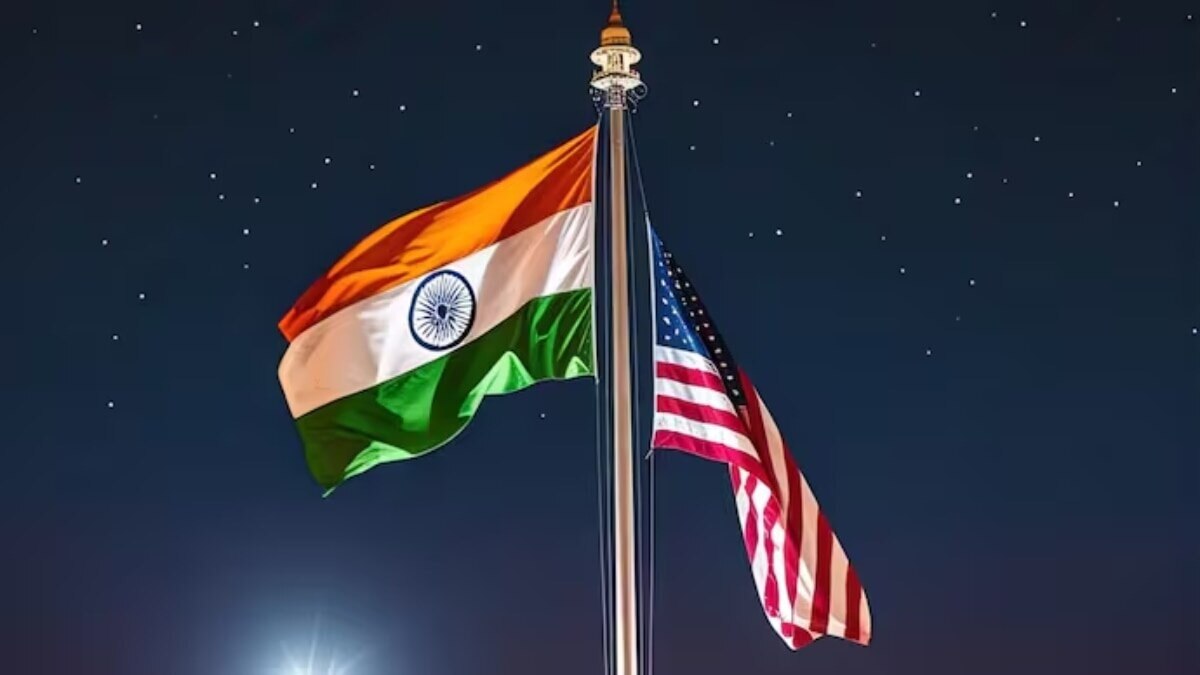India and the United States are making significant progress towards finalising a new bilateral trade agreement after several rounds of dialogue. Both nations have reported convergence on core issues, with officials confirming that the legal framework is now under review. However, uncertainties over high US tariffs on Indian goods continue to challenge discussions.
With India’s exports to the US declining amid tariff hikes, the outcome of these negotiations is significant for both countries. The discussions, described as innovative and not reflective of conventional free trade agreements, aim to address outstanding matters and clarify the future of India-US economic cooperation.
Indian exports to the United States have faced pressure due to recent tariff decisions by Washington. In August, the US introduced 50% tariffs on Indian goods, half imposed as penal measures linked to India’s energy imports from Russia. This has led to a 12% year-on-year decline in Indian goods exports to the US in September, despite an overall rise in India’s total exports. The persistence of these tariffs remains a major obstacle, prompting both sides to seek solutions that can mitigate adverse effects on exporters and maintain bilateral trade momentum.
An official involved in the talks remarked, “Talks are progressing well… we are negotiating very positively, finding some common ground on pending issues,” underlining optimism in the current phase. According to the same official, “We are very near as far as the deal is concerned. We are converging on most of the issues… As of now, no major gaps are being seen,” indicating that most complex matters have been addressed, with only minor points remaining.
The structure of the proposed agreement diverges from standard models. The official clarified that the trade pact is “not a conventional free trade agreement negotiation,” signalling a departure from reciprocal tariff arrangements typically governed by World Trade Organization norms. This customised approach reflects the unique priorities of both economies, aiming to provide targeted relief and open new channels of cooperation as both parties navigate complex global trade dynamics.
High-level political engagement has accompanied technical discussions. US President Donald Trump stated, “Just spoke to Modi today on trade. We’re working on some great deal with India,” referencing his recent telephonic conversation with Indian Prime Minister Narendra Modi. He further commented that New Delhi “won’t be buying too much oil from Russia.” This underscores the geopolitical context of the negotiations and broader strategic interests, particularly regarding energy trade and related sanctions.
The ongoing negotiations are distinguished by a focus on resolving practical trade barriers and legal complexities rather than simply reducing tariffs. While the precise legal language is being finalised, officials from both sides have emphasised that the dialogue is constructive. The agreement’s innovative nature is expected to set a new benchmark for future bilateral trade arrangements, with both countries working to ensure that the final pact addresses the most pressing concerns of exporters and policymakers.
Despite the progress, the issue of 50% tariffs continues to overshadow the talks. These duties, half of which are penal in nature due to India’s procurement of Russian energy, have introduced uncertainty for Indian exporters. The year-on-year decline in goods exports to the US highlights the immediate economic stakes tied to the successful resolution of this aspect of the negotiation.
As final legal texts are reviewed and negotiators work to close the remaining gaps, attention remains focused on whether the agreement will address the pressing tariff issue. The successful conclusion of the pact is expected to influence not only bilateral commerce but also the broader trajectory of India-US economic and strategic relations.


